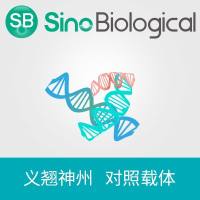Signature-Tagged Mutagenesis
互联网
1125
Signature-tagged mutagenesis (STM) was originally developed by David Holden while studying the filamentous fungus Aspergillus fumigatus . In attempts to define virulence determinants for this pathogenic fungus, candidate factors were selected by reference to previous circumstantial evidence and knowledge of the pathophysiology of the disease. Genes encoding candidate virulence determinants were isolated, disrupted, and the resulting mutants tested in animal models of disease. This strategy was, however, unsuccessful as none of the candidate genes proved to have a role in pathogenesis, highlighting the limitations of using preconceptions to identify pathogenicity determinants. Largescale genetic approaches had been used to investigate the behavior of pathogenic microbes in tissue culture-based experiments, but such assays do not reflect the diversity of environments experienced by bacteria in a host. At that time, the major limitation to performing genetic screens using complex systems, such as animal models, was that only a single mutant could be assessed in a single assay; STM was devised to circumvent this key stumbling block. By labeling each mutant with a unique DNA sequence tag, it became possible to differentiate individual mutants from each other within a pool (1 ). A single animal could then be infected with a mixed population of mutants and attenuated strains be identified by their inability to establish infection. Therefore, the essential benefit of STM is that it allows genetic screens to be performed using complex models of pathogenesis so that the advantages of mutational analysis can be combined with biologically relevant assays. Rather than applying STM to A. fumigatus , David Holden’ group decided to first address Salmonella typhimurium pathogenesis to establish proof-in-principle of STM. The work led to the isolation of previously characterized virulence genes and the identification of an entirely novel 40 kb pathogenicity island that had eluded investigators in the field (2 ). STM has now been successfully applied to a wide range of bacterial (3 –8 ) and fungal pathogens (9 ).






